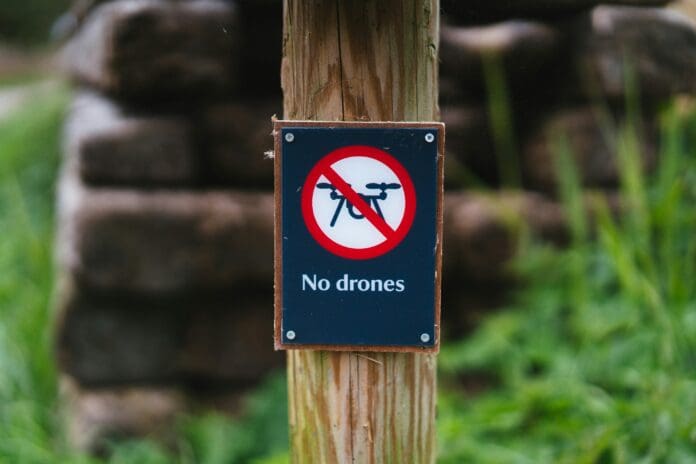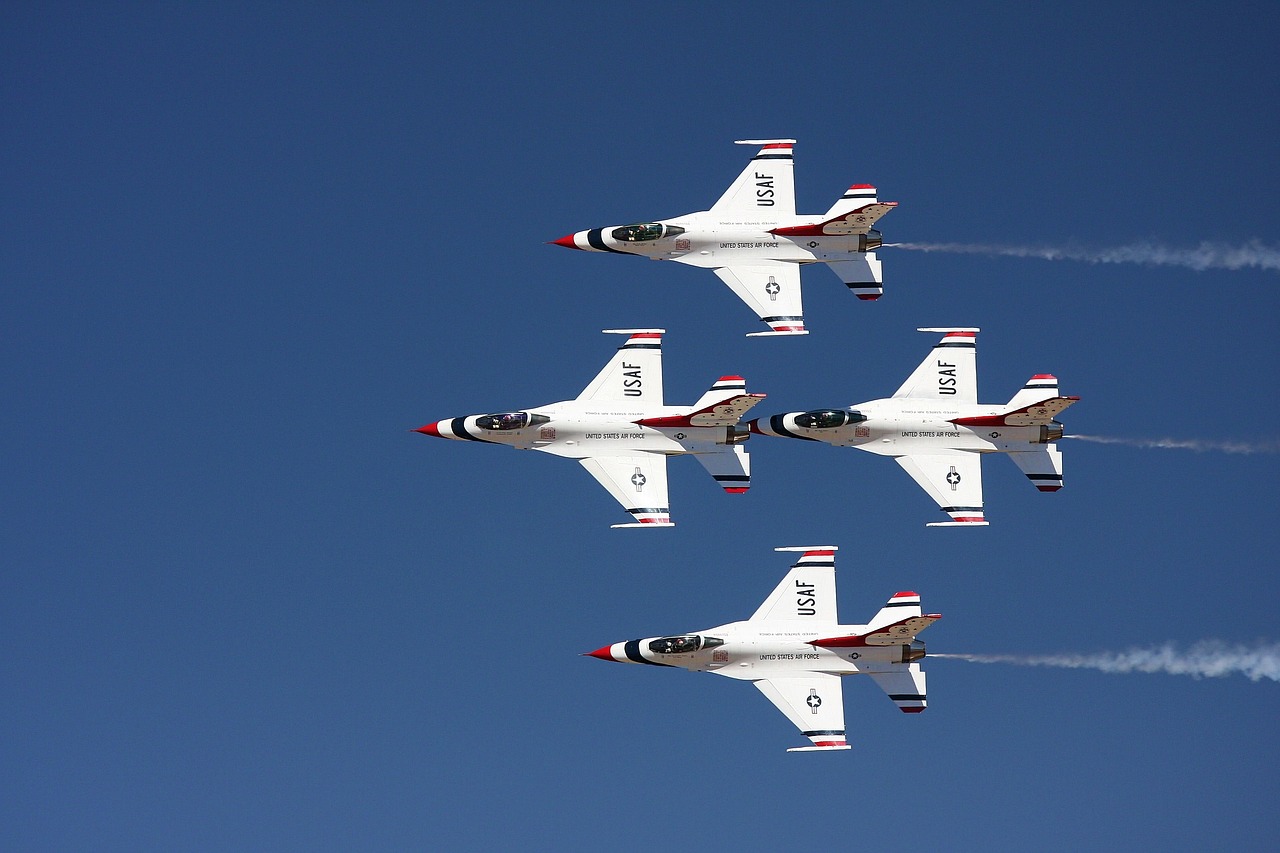This post is also available in:
 עברית (Hebrew)
עברית (Hebrew)
DroneShield was originally founded around a small scientific initiative – a laser system for detecting and neutralizing mosquitoes – but operational realities in recent years have shifted focus toward small drones, a far more pressing area. From the moment drones became widely accessible and inexpensive, the need arose for systems capable of detecting them in real time and stopping hostile activity, whether it involves intelligence gathering, smuggling, or attempts to damage critical infrastructure.
Today, the main challenge stems from the fact that small drones move quietly, can carry payloads, and approach sensitive targets without being detected. Their ability to evade traditional defense systems has turned them into a daily threat, from borders and combat zones to correctional facilities and airports. Both the civilian and security markets require precise, non-invasive, and non-lethal solutions capable of stopping drones without causing environmental harm.
This is where the company’s systems come into play, combining drone detection sensors with radio-frequency jamming tools designed to disrupt control and navigation. The core product is a portable jamming “drone rifle”, allowing field operators to quickly respond to individual drones. In addition, broader sensor arrays have been developed that can be integrated into existing civilian and military systems for early warning and automated response.
The new technologies are not limited to combat zones. In homeland security contexts, drones are used for smuggling contraband into prisons, unauthorized filming at mass gatherings, and threatening landing zones. Deploying such systems at airports, infrastructure facilities, and law enforcement agencies adds an additional layer of protection against small aircraft that require minimal expertise to operate.
Counter-drone systems also have clear relevance in broader defense contexts. The widespread use of drones in Ukraine, as well as maritime attacks by non-state actors, demonstrates how precise detection and jamming capabilities become essential tools. A reliable solution providing continuous monitoring and non-lethal neutralization gives a significant advantage to forces operating in drone-saturated environments.
The company distributes its products to more than 40 countries, and its solutions have been integrated into airports, homeland security units, and military forces worldwide. Rapid market growth reflects increasing demand for systems that can address a threat that has become both common and accessible, a threat that requires the integration of sensors, data processing, and precise jamming, all without unnecessary environmental impact.


























